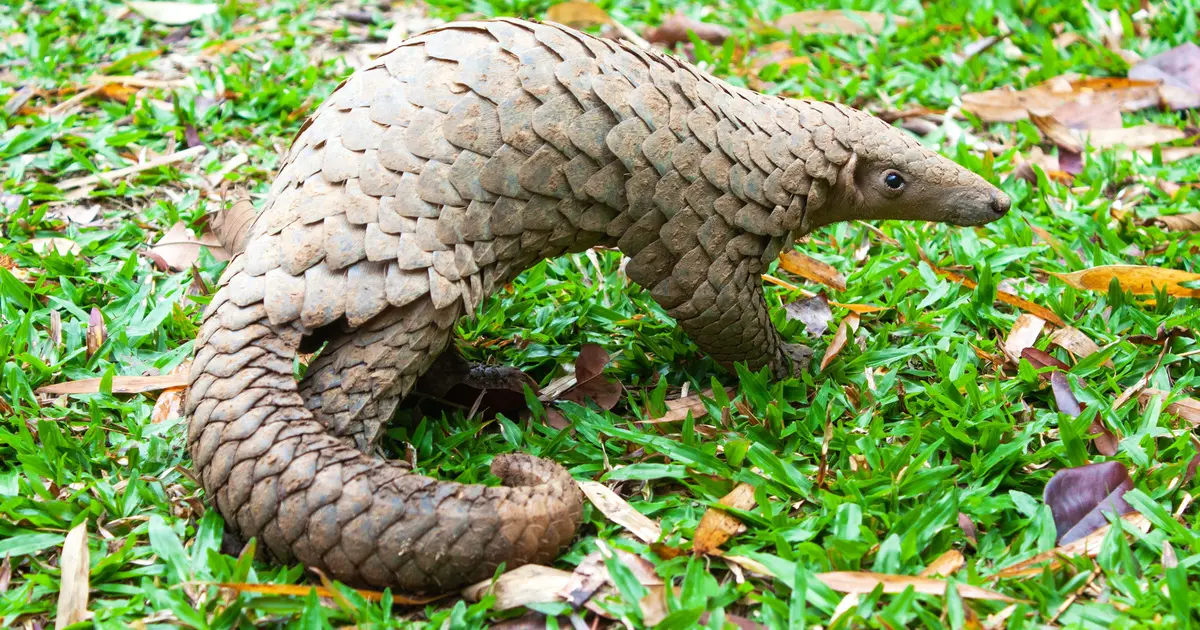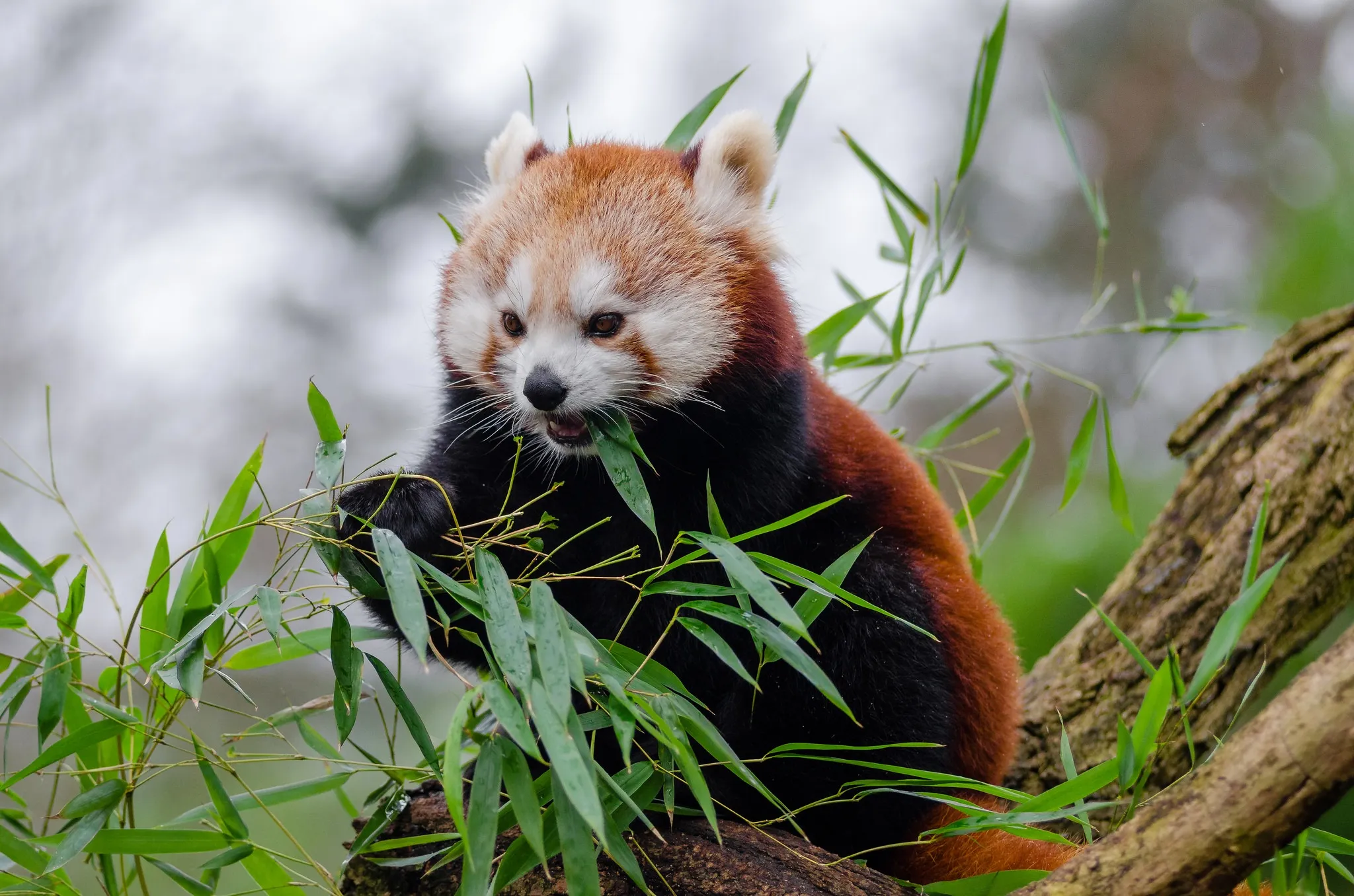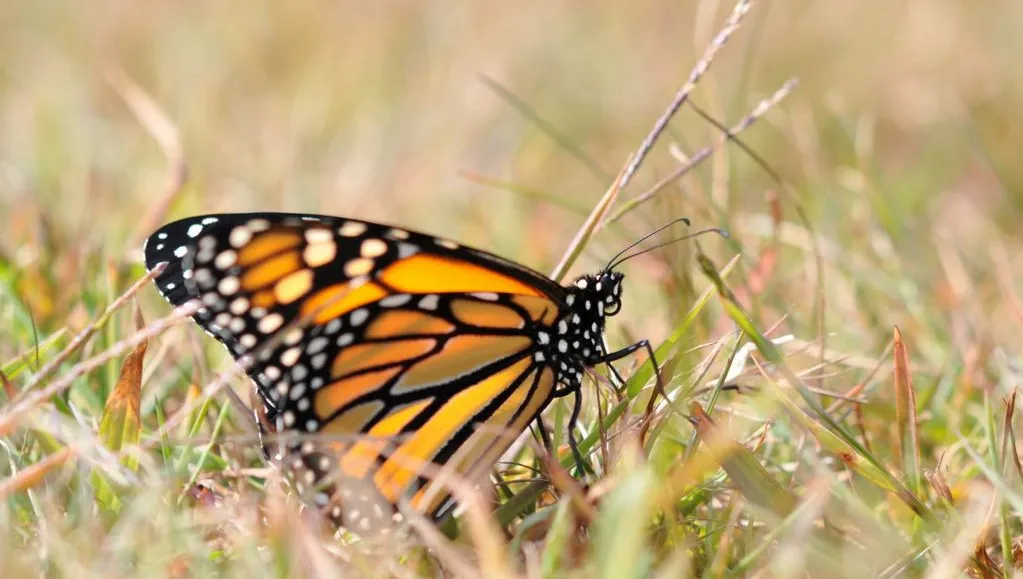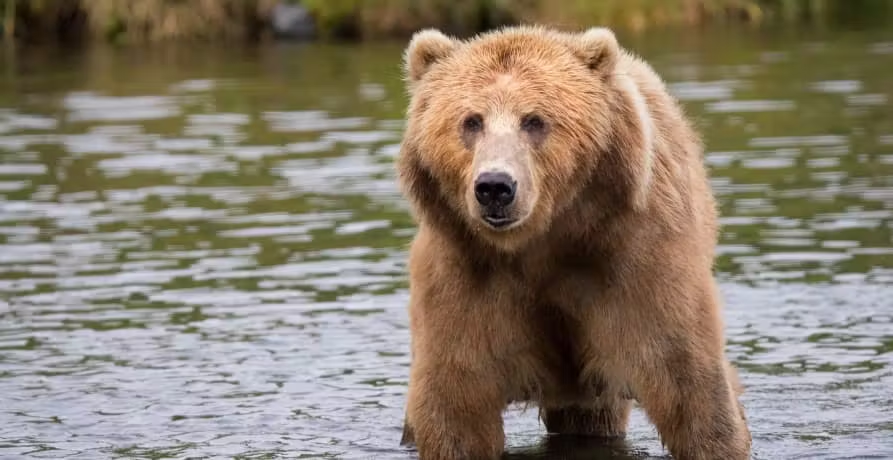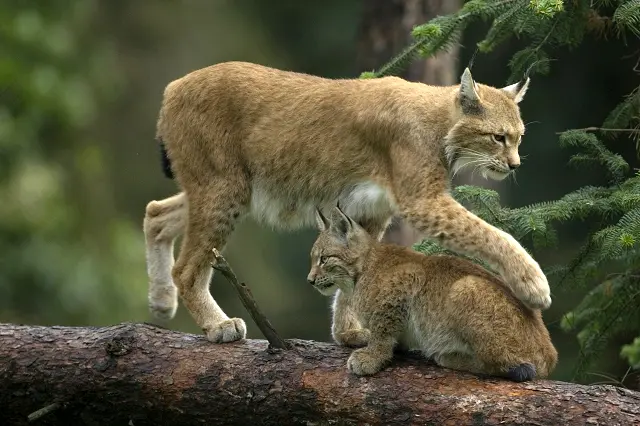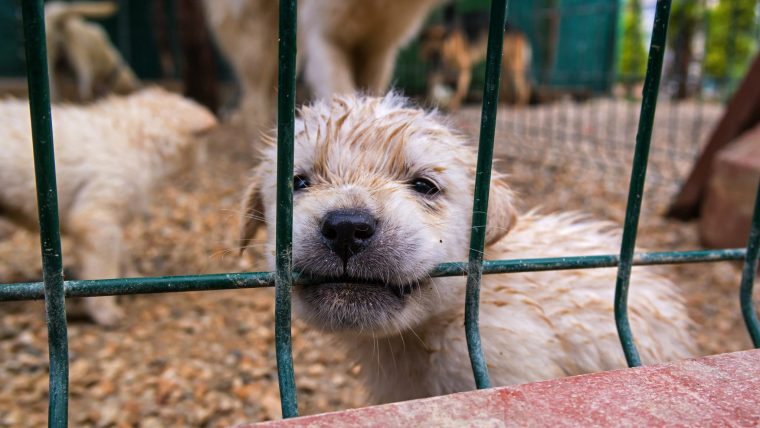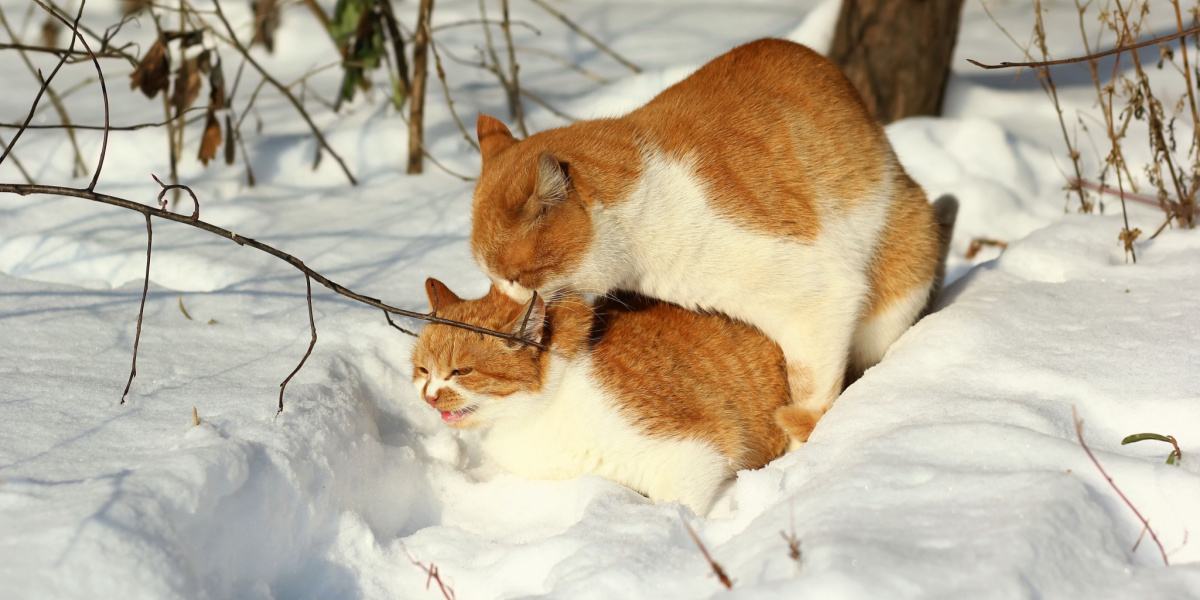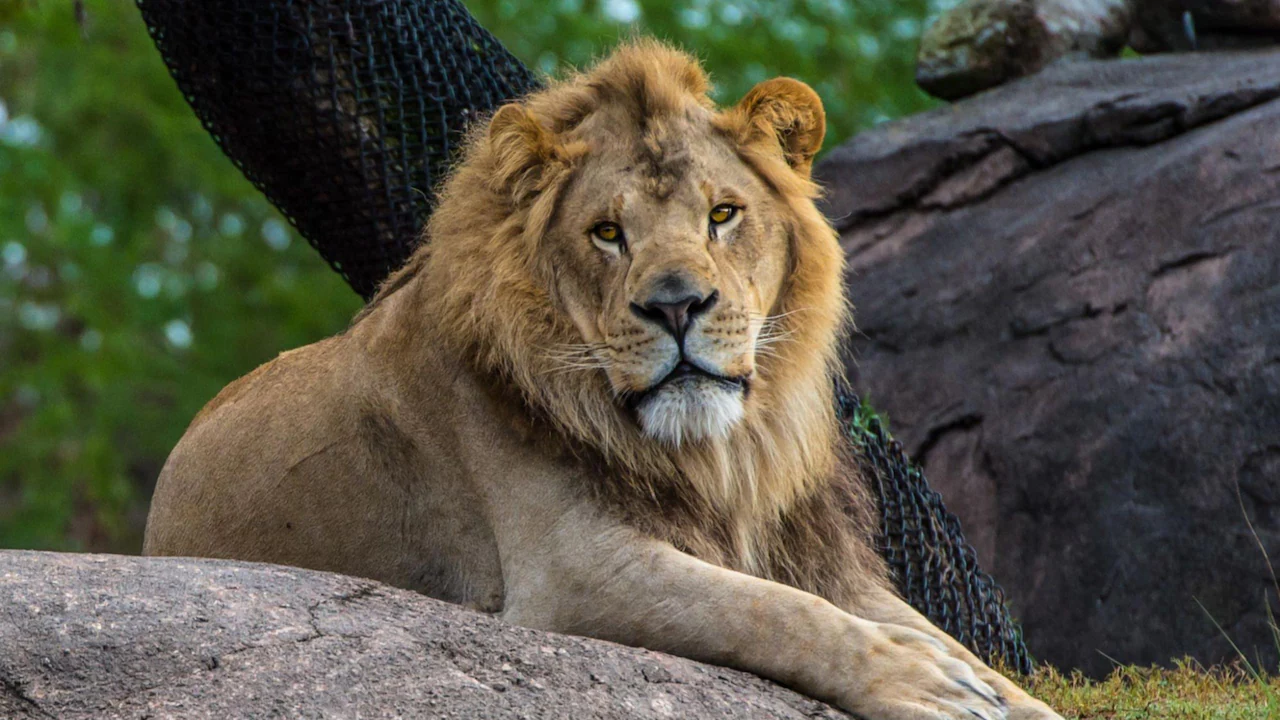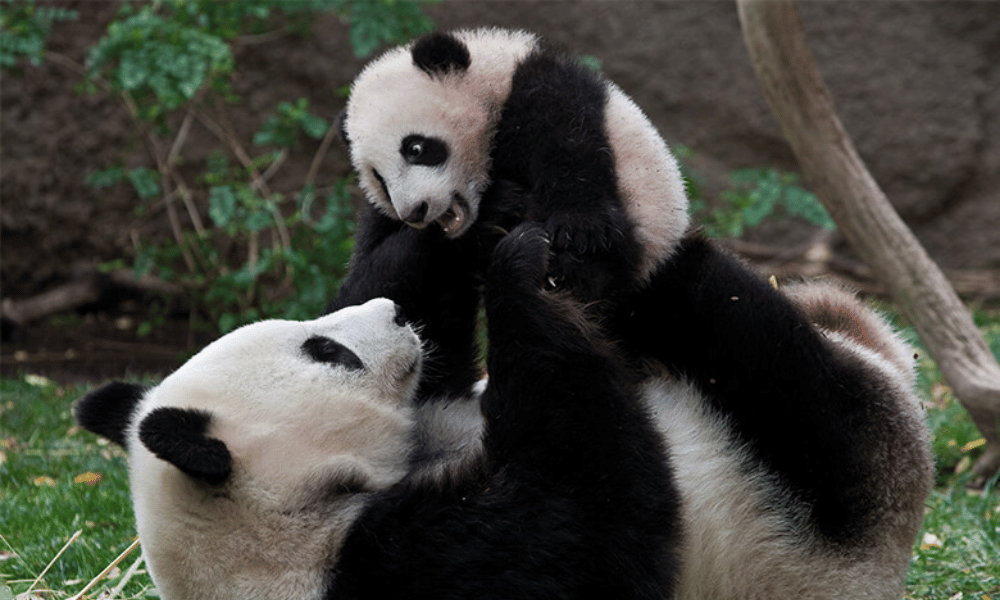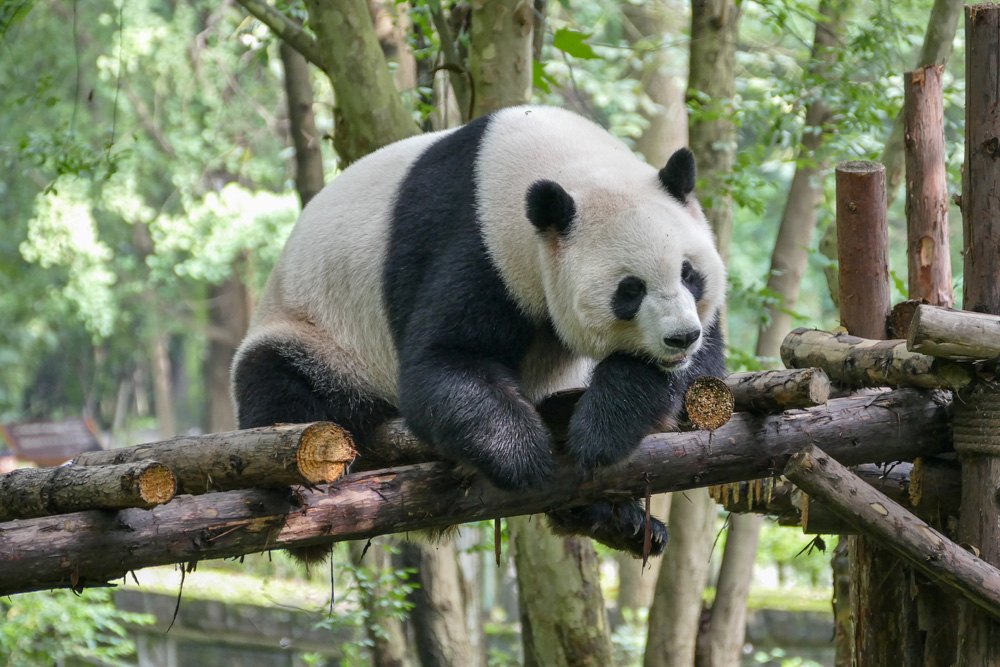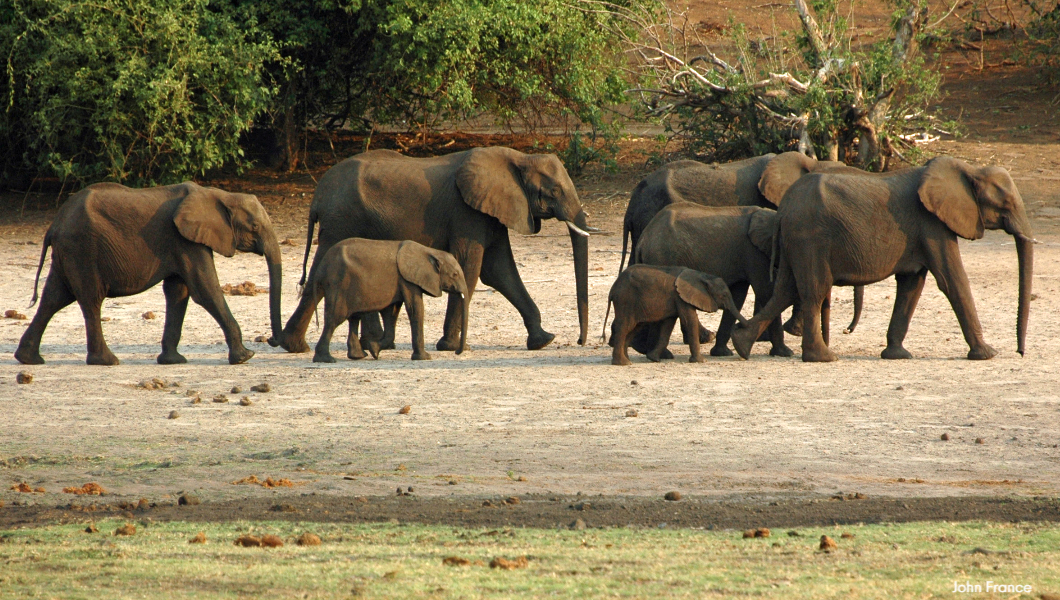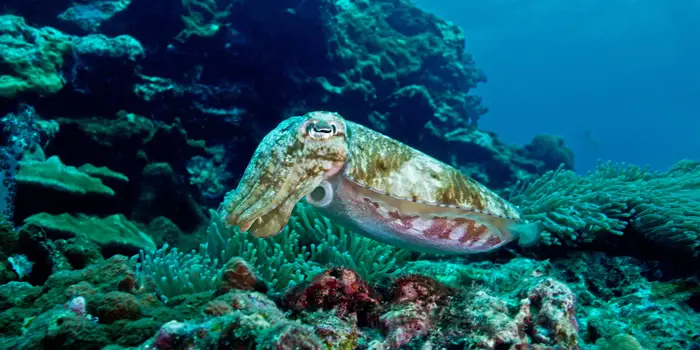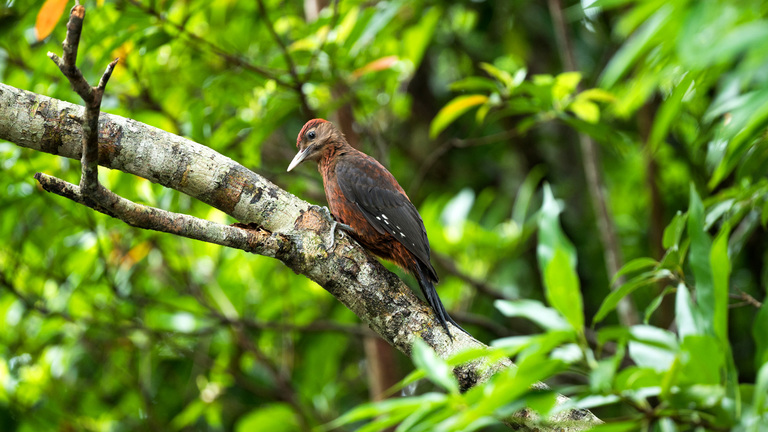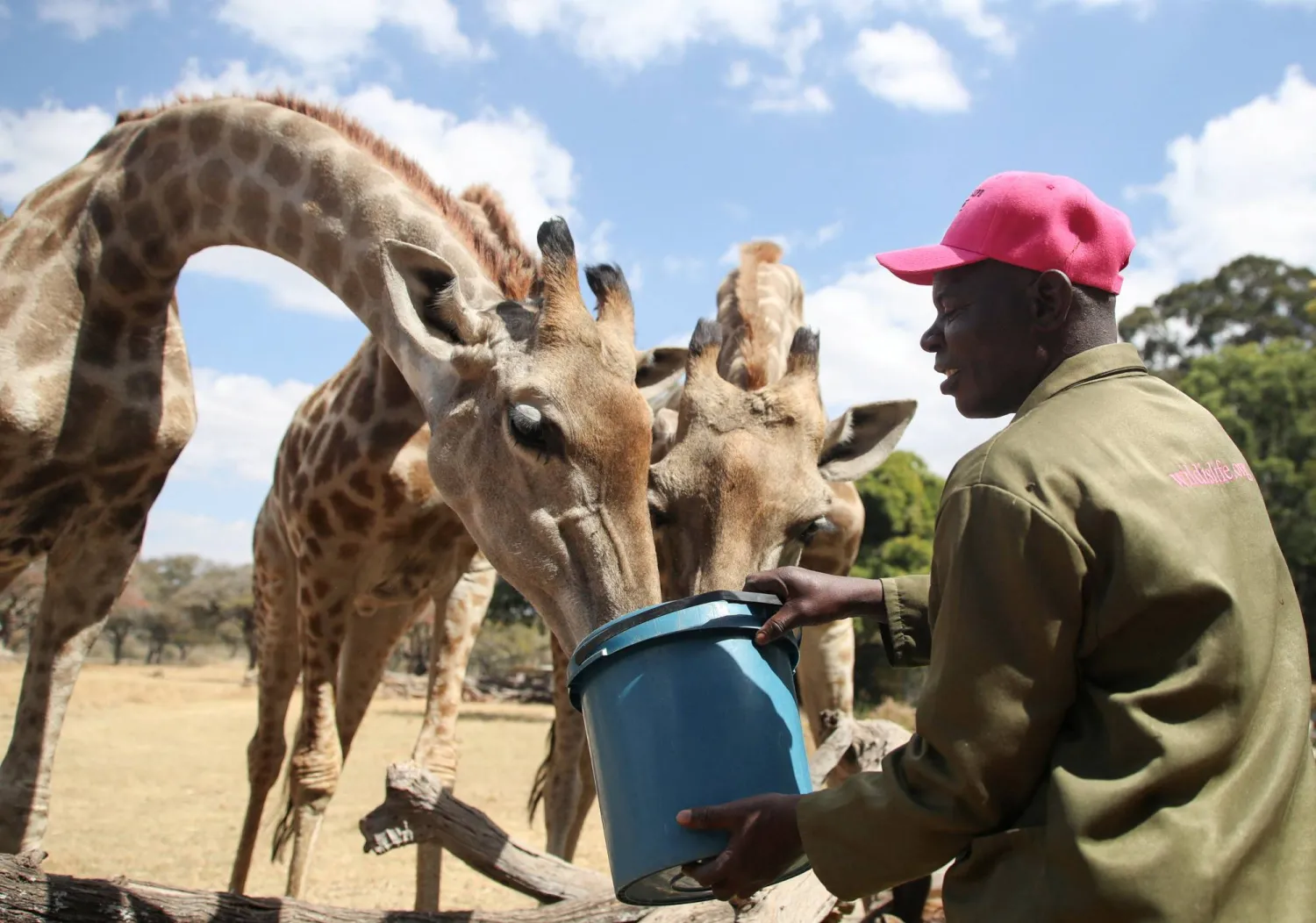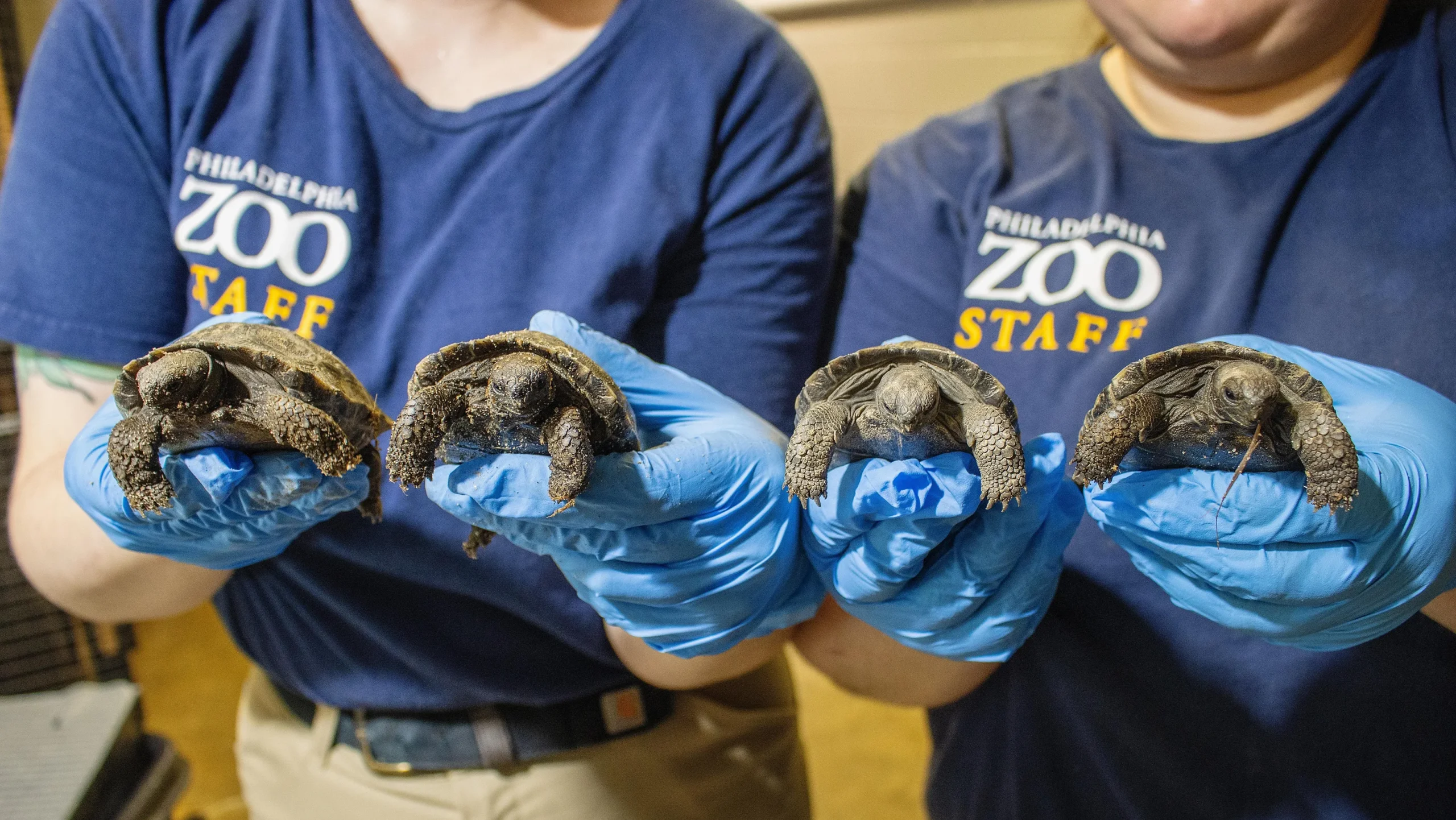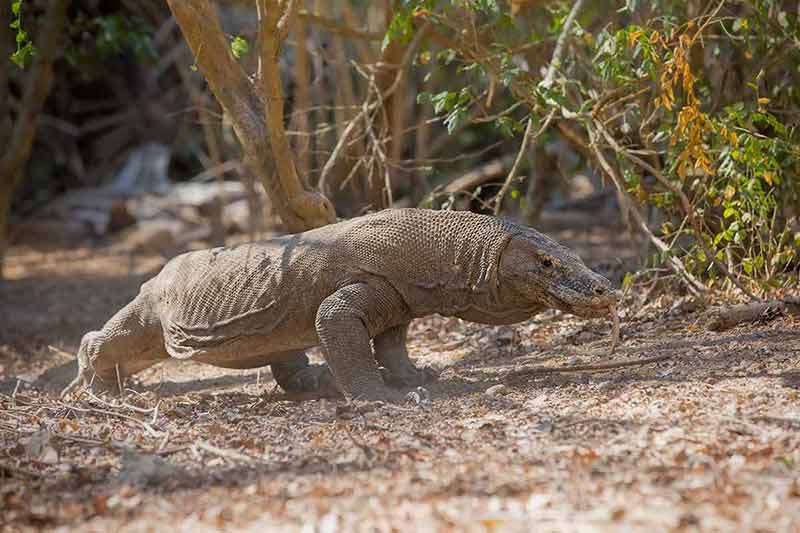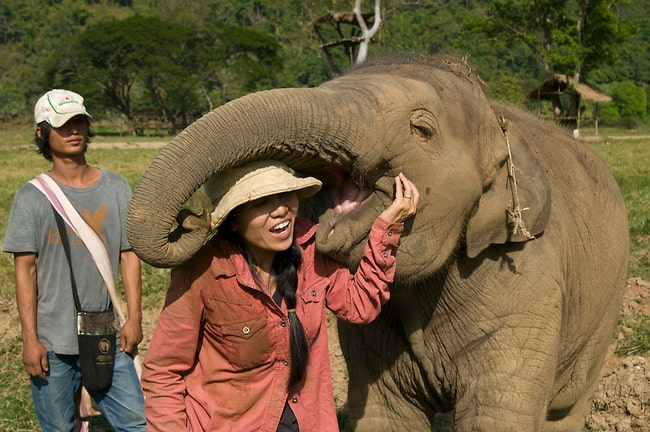Picture this: a lush jungle where a shy, deer-like creature darts through the underbrush, or a misty river where a playful porpoise leaps. These scenes are fading fast as Asia’s wildlife battles extinction. Human expansion, poaching, and climate change are pushing species like the Javan rhino and saola to the brink. In 2025, the fight to save these animals is more urgent than ever, and their stories tug at the heart while calling us to act.
Why Asia’s Wildlife Is in Crisis
Asia’s vast landscapes, from Himalayan peaks to Indonesian rainforests, host incredible biodiversity, but rapid development and illegal trade threaten it all. The IUCN Red List flags thousands of species as critically endangered, with Asia bearing a heavy burden due to habitat loss and poaching. This article dives into the top 10 critically endangered species in Asia for 2025, blending science with stories to inspire action.
The Impact of Human Activity
Urban sprawl, agriculture, and deforestation are carving up habitats, leaving animals nowhere to go. Poaching for exotic goods fuels the crisis, while climate shifts disrupt ecosystems. Conservationists race against time, but awareness is the first step to change.
The Role of Conservation Efforts
Organizations like WWF and Fauna & Flora are fighting back with habitat restoration and anti-poaching patrols. Community-driven projects, like those in Myanmar’s Arakan Mountains, show hope by blending local knowledge with global support. Every small action counts in this battle for survival.
1. Javan Rhino
Once roaming across Southeast Asia, the Javan rhino now clings to survival in Ujung Kulon National Park, Indonesia. With only about 18 individuals left, it’s one of the rarest mammals on Earth. Poaching for horns and habitat loss have decimated their numbers, making urgent action critical.
Threats Facing the Javan Rhino
Poachers target their horns for traditional medicine, despite no scientific backing. Deforestation for palm oil plantations shrinks their jungle home. Conservationists patrol the park, but the species’ tiny population makes recovery a steep challenge.
Conservation Hope
Ujung Kulon’s protection efforts include habitat monitoring and anti-poaching units. Breeding programs are explored, but low numbers limit success. Supporting groups like WWF’s rhino conservation can bolster these efforts.
2. Sumatran Rhino
The smallest rhino species, the Sumatran rhino, hides in Indonesia’s dense forests, with just 30 individuals remaining. Habitat destruction from logging and low birth rates push them toward extinction. Their solitary nature makes them tough to save, but hope persists.
Habitat Challenges
Palm oil plantations and logging have slashed their forest homes by 70% in decades. Scattered populations struggle to breed, worsening the decline. Conservationists aim to reconnect fragmented habitats to aid mating.
Efforts to Save Them
Captive breeding and habitat restoration in Sumatra’s national parks offer a lifeline. Organizations like Asia Wild fund patrols and reforestation. Adopting sustainable palm oil products helps reduce pressure on their homes.
3. Saola
Nicknamed the “Asian unicorn,” the saola is a mysterious bovine discovered in 1992 in Vietnam and Laos. With fewer than 750 left, habitat loss and snares threaten their survival. Their elusive nature makes conservation a race against time.
Elusive and Endangered
The saola’s forest home in the Annamite Range is shrinking due to agriculture and roads. Snares set for other animals often trap saolas, decimating their numbers. Their rarity makes every loss a blow to the species.
Conservation Strategies
Fauna & Flora’s Vietnam team works with locals to remove snares and protect forests. Community education reduces hunting, while IUCN’s efforts push for stronger policies. Every step forward counts for this shy creature.
4. Yangtze Finless Porpoise
The only freshwater porpoise, this playful creature swims China’s Yangtze River, with 1,000–1,800 left. Pollution, overfishing, and river traffic threaten their survival. Their intelligence and charm make their decline all the more heartbreaking.
River Under Siege
Heavy shipping and toxic pollutants choke the Yangtze, while fishing nets trap porpoises. A 10-year fishing ban since 2021 helps, but enforcement is tricky. Cleaner rivers are key to their survival.
Protection Measures
China’s first-level protection status and protected river zones offer hope. Groups like WWF China promote sustainable fishing and pollution control. Supporting these efforts can help save this unique mammal.
5. Sumatran Orangutan
Swinging through Sumatra’s rainforests, these orange-furred primates number around 14,000 but face critical threats. Palm oil production and hunting have slashed their habitat by 50% in 25 years. Their role as forest “gardeners” makes their loss devastating.
Deforestation’s Toll
Palm oil plantations replace forests, leaving orangutans homeless. Poaching for the pet trade adds pressure, despite bans. Their slow reproduction means recovery is slow and fragile.
Saving the Gardeners
Reforestation and anti-poaching patrols by Orangutan Foundation protect key habitats. Choosing sustainable palm oil products reduces demand for destructive plantations. Every choice helps these great apes thrive.
6. South China Tiger
Once prowling southern China, this tiger subspecies may have fewer than 20 individuals left in the wild, if any remain. Poaching for skins and habitat loss have driven them to near extinction. Their potential loss is a cultural and ecological tragedy.
A Fading Legend
Urban expansion and poaching for traditional medicine have wiped out their prey and territory. Captive populations exist, but rewilding is challenging. The tiger’s iconic status fuels hope for recovery.
Rewilding Efforts
China’s captive breeding programs aim to reintroduce tigers, while habitat restoration in reserves offers promise. Supporting WWF’s tiger conservation funds these efforts. Public awareness is key to their return.
7. Sunda Pangolin
This scaly mammal, found across Southeast Asia, is critically endangered due to relentless poaching. Their scales, falsely believed to have medicinal value, fetch high prices, with one pangolin captured every three minutes. Their loss ripples through ecosystems.
Trafficking Crisis
Illegal trade for scales and meat drives their decline, despite 2020 Chinese bans. Habitat loss from deforestation worsens the situation. Pangolins’ role in pest control makes their survival vital.
Protection Initiatives
Stricter trade laws and rescue centers by IFAW aim to curb trafficking. Community education reduces demand for pangolin products. Supporting ethical consumption helps protect these unique creatures.
8. Red-Headed Vulture
With a wingspan up to 2.3 meters, this striking bird is fading from India and Southeast Asia, with fewer than 10,000 left. Poisoning from pesticides and habitat loss have caused a 90% population drop since the 1990s. Their decline threatens ecosystem balance.
Poisoned Skies
Unregulated pesticides in carcasses poison vultures, while deforestation clears nesting sites. Cambodia’s three vulture species are all critically endangered. Their scavenging role is crucial for healthy ecosystems.
Conservation Actions
Vulture-safe zones and captive breeding by BirdLife International offer hope. Banning toxic pesticides is critical. Supporting these efforts helps keep Asia’s skies alive with these majestic birds.
9. Hainan Black-Crested Gibbon
Only about 30 of these small apes remain on China’s Hainan Island, making them one of the rarest primates. Deforestation and illegal pet trade have decimated their forest homes. Their haunting calls are at risk of falling silent forever.
A Shrinking Home
Logging and agriculture have destroyed 90% of their habitat, isolating small groups. Poaching for pets further reduces numbers. Their seed-dispersing role makes them vital to forest health.
Saving the Singers
Habitat restoration and anti-poaching patrols by Fauna & Flora protect remaining forests. Community programs discourage pet trade. Donations to these groups amplify their impact.
10. Malaysian Giant Turtle
The largest freshwater turtle in Southeast Asia, found in Malaysia and Indonesia, faces extinction due to food trade and habitat loss. Palm oil plantations encroach on their rivers, and weak legal protections worsen the crisis. Their loss harms aquatic ecosystems.
Rivers at Risk
Unregulated trade in food markets and plantation expansion threaten their survival. Pollution and dam construction disrupt breeding sites. Their role in controlling aquatic plants is irreplaceable.
Rescue Efforts
Conservationists push for legal protections and habitat restoration. WWF Malaysia monitors rivers and educates communities. Supporting sustainable practices helps preserve these gentle giants.
Comparing Asia’s Endangered Species
Each species faces unique threats, but patterns emerge. Mammals like rhinos and tigers suffer from poaching, while turtles and porpoises battle pollution. Understanding these differences guides targeted conservation.
| Species | Population Estimate | Primary Threat | Conservation Effort |
|---|---|---|---|
| Javan Rhino | ~18 | Poaching, habitat loss | Protected parks, anti-poaching |
| Sumatran Rhino | ~30 | Habitat loss, low birth rate | Breeding programs, reforestation |
| Saola | <750 | Snares, habitat loss | Snare removal, forest protection |
| Yangtze Finless Porpoise | 1,000–1,800 | Pollution, fishing | Fishing bans, river cleanup |
| Sumatran Orangutan | ~14,000 | Deforestation, hunting | Reforestation, sustainable palm oil |
| South China Tiger | <20 (if any) | Poaching, habitat loss | Captive breeding, rewilding |
| Sunda Pangolin | Unknown | Poaching, trafficking | Trade bans, rescue centers |
| Red-Headed Vulture | <10,000 | Poisoning, habitat loss | Safe zones, pesticide bans |
| Hainan Black-Crested Gibbon | ~30 | Deforestation, pet trade | Habitat restoration, patrols |
| Malaysian Giant Turtle | Unknown | Food trade, habitat loss | Legal protection, river monitoring |
This table shows the diversity of threats and solutions, highlighting the need for tailored approaches.
Pros and Cons of Conservation Efforts
Conservation is a lifeline, but it’s not without challenges. Weighing benefits against hurdles ensures realistic expectations and effective strategies.
Pros
- Habitat Restoration: Replanting forests or cleaning rivers revives ecosystems.
- Community Engagement: Locals become stewards, reducing poaching and trade.
- Global Awareness: Campaigns like IUCN’s Red List drive funding.
- Species Recovery: Success stories like the Indian rhino show progress is possible.
- Ecosystem Balance: Saving keystone species preserves entire food chains.
Cons
- High Costs: Patrols, breeding programs, and restoration strain budgets.
- Slow Results: Low birth rates mean recovery takes decades.
- Conflict with Development: Economic growth often clashes with conservation.
- Illegal Trade: Persistent demand for animal parts fuels black markets.
- Climate Challenges: Warming and unpredictable weather complicate efforts.
Real-Life Conservation Stories
Last year, I visited a Sumatran sanctuary where rangers shared tales of rescuing orphaned orangutans. One baby, named Lila, clung to her keeper like a lifeline, her eyes bright with trust. These moments show the human-animal bond driving conservation. In Vietnam, a friend described locals removing snares to save saolas, their pride palpable as they protected their “unicorns.” These stories aren’t just heartwarming—they prove dedication can shift the tide.
In China, a river cleanup volunteer told me how kids cheered spotting a finless porpoise after years of absence. In Indonesia, a ranger’s daily patrols saved a Javan rhino from a poacher’s trap. Another tale from Malaysia: a community rallied to ban turtle trade, saving dozens of giant turtles. These real efforts, grounded in passion, show conservation’s power when we act together.
Where to Support Endangered Species
Join the fight by connecting with trusted organizations. WWF Asia and Fauna & Flora offer adoption programs and volunteer opportunities. Local groups like Indonesia’s BOS Foundation focus on orangutans, while China’s Yangtze River projects need support.
Visit national parks like Ujung Kulon or Cat Tien to see conservation in action. Online platforms like Asia Wild provide donation portals and educational resources. Every dollar or hour donated makes a difference.
Best Tools for Conservation Advocates
Get involved with practical tools. Apps like iNaturalist help track species sightings, aiding researchers. GPS collars from brands like Lotek monitor rhinos and tigers, preventing poaching. Drones from DJI map habitats, guiding restoration.
Books like “The Last Rhinos” by Lawrence Anthony inspire action, while IUCN’s Red List offers data for advocacy. Join forums on Reddit’s r/conservation for tips and community support. Donate to gear funds via WWF’s shop for real impact.
People Also Ask: Common Questions Answered
Here are real questions from Google about Asia’s endangered species:
- What is the most endangered animal in Asia? The Javan rhino, with only 18 left, tops the list due to poaching and habitat loss.
- Why are pangolins critically endangered? Poaching for scales and meat, plus deforestation, drives their decline. Bans help, but enforcement lags.
- How can I help save endangered species? Support groups like WWF, choose sustainable products, and spread awareness locally.
- Are tigers still endangered in 2025? Yes, subspecies like the South China tiger are critically endangered, with habitat loss and poaching ongoing.
- What’s being done for the saola? Snare removal and forest protection in Vietnam and Laos are key, led by Fauna & Flora.
FAQ: Your Top Queries on Endangered Species
What does “critically endangered” mean?
It’s the IUCN’s highest risk category, signaling a species faces imminent extinction due to low numbers or severe threats. Examples include the Javan rhino and saola. Recovery requires urgent, intensive action.
How can I adopt an endangered animal?
Symbolic adoptions through WWF or Asia Wild fund conservation. You get updates and plush toys, while money supports habitat protection and patrols.
Which Asian countries have the most endangered species?
Indonesia, China, and Vietnam top the list due to diverse ecosystems and heavy human impact. Deforestation and poaching hit hardest here, affecting rhinos, porpoises, and more.
Can individuals make a difference in conservation?
Absolutely—small actions like reducing palm oil use, donating, or volunteering add up. Community projects, like those in Myanmar, show locals can drive big change.
What are the best organizations to support?
WWF, Fauna & Flora, and Asia Wild lead with transparent, effective programs. Local groups like BOS Foundation focus on specific species, maximizing impact. Check their sites for donation options.
Asia’s critically endangered species, from the elusive saola to the majestic Javan rhino, face a precarious future, but their stories inspire hope. Each animal plays a vital role in its ecosystem, and losing them would ripple far beyond their habitats. By supporting conservation, choosing sustainable products, and spreading awareness, we can help. Dive deeper with resources like our conservation guide or join the fight via WWF’s action page. Together, we can keep Asia’s wildlife thriving.
(Word count: 2,512)
